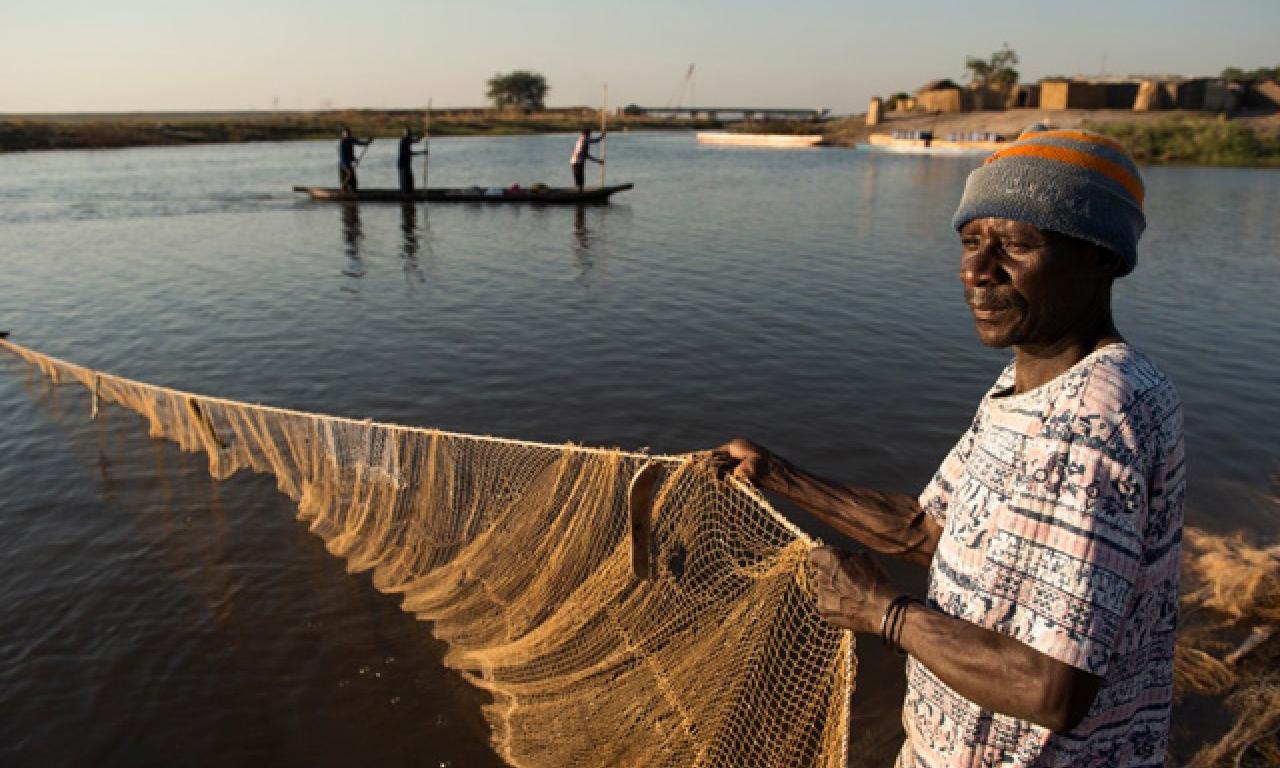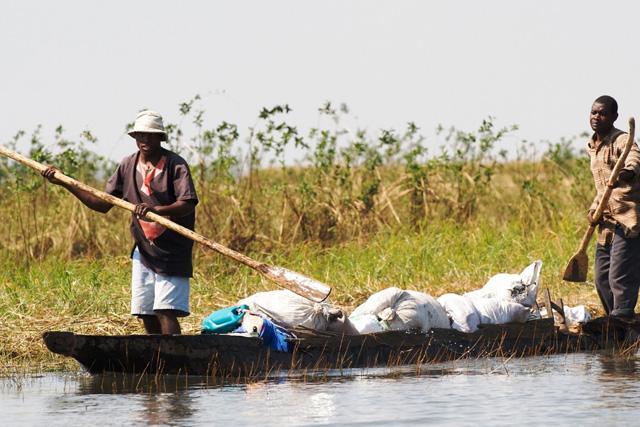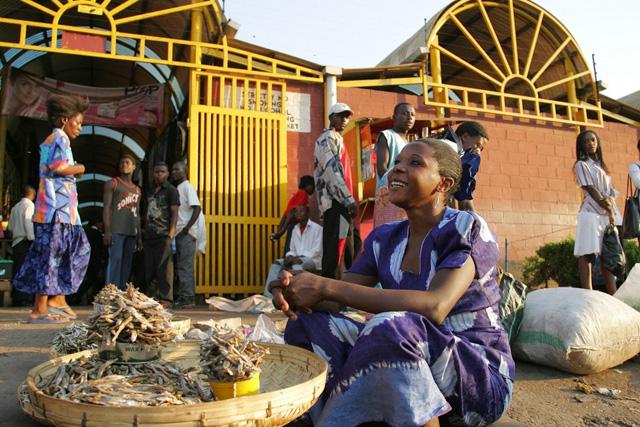
Global fish waste is estimated to be between 27% and 39% of total fish caught each year (FAO).
Recommended publications
- Post-harvest handling of low-value fish products and threats to nutritional quality: A review of practices in the Lake Victoria region
- The importance of fisheries and aquaculture to development
Global fish waste is estimated to be between 27% and 39% of total fish caught each year (FAO).
Despite being a global problem, postharvest losses most affect poor people in developing countries, who depend on fish for food, nutrition and income.
Around 90% of the world’s fishers are small-scale, and fish makes up around 17% of the world population’s protein intake – in some coastal and island countries it reaches 70% (FAO).
Combatting postharvest losses therefore requires pro-poor solutions that reduce fish waste and improve quality while keeping fish affordable.
Quality loss the most common, with impacts on the poor
Fish postharvest losses are the measurable reduction in the quality or quantity of the fish produced in a value chain.
Losses and waste can occur at varying intensities in different stages of the value chain, which themselves vary across countries, production systems and fisheries.
There are four types of fish losses and waste:
- Physical: when fish are completely lost from the value chain
- Quality: when the quality of a fish is harmed (usually expressed in a reduction in monetary value)
- Market: when market forces create high marketing and production costs or gluts cause prices to drop
- Nutritional: linked to biochemical changes within the fish flesh as a result of spoilage, processing or meal preparation.
The most common type of postharvest loss is quality.
For small-scale fisheries in lower-income countries, quality losses account for more than 70% of total losses, compared with only 5% physical losses (Akande and Diei-Ouadi).

These losses because of the processing, transport and marketing techniques used, make the fish vulnerable to external forces.
In Zambia, for example, people put their fish on drying racks that are exposed to insects, birds and the weather. When it rains, fish cannot dry properly so start to rot.
In the Barotse floodplain, fishers and traders use canoes to transport fish to local markets, but these fish, packed in sacks, often get wet and can spoil.
Others transport their dried fish to distant urban markets on buses and trucks. But the brittle fish, often stacked on top of each other, may get crushed and broken during the journey, reducing their quality and value.
Far reaching consequences
Whatever the cause of fish loss, the impacts hit the poor hard.
When fish is wasted, less fish is supplied, meaning less fish is available for consumers. This increases the price, which most affects poor consumers, and limits their access to fish, an important source of protein and micronutrients.
For those working in the value chain, as the value of fish degrades because of poor handling, the reduced market price means their income is decreased.
When the quality of fish deteriorates, it is not wasted but sold at cheaper prices to consumers, often the poor. This may create negative health impacts as they are consuming fish with a lower nutritional value or that is unsafe to eat.
Fish loss has gender impacts too. In developing countries, men, women, the young and the old all have different roles in fish value chains. But women are most affected as they do up to 90% of postharvest activities (FAO), where the majority of losses occur.

Call for pro-poor solutions that balance tradeoffs
Despite the many negative impacts, fish losses do create one important opportunity for the poor: affordable fish.
Lower-quality fish sell for less, making it a cheap protein source for low-income consumers, who cannot afford the higher prices of better quality products and whose diets often lack the micronutrients present in fish.
The challenge in combatting fish losses therefore is addressing the potential trade off between reducing fish quality losses and poor consumers’ access to fish.
We need to develop low-cost processing technologies such as improved fish drying techniques that address quality issues, without pushing up the prices too much. In an IDRC-funded project in Zambia, WorldFish is already working with local communities to do this through ‘adaptive learning approaches’.
Further research is needed into where the main losses occur, and which improved handling and processing methods, as well as better trading relationships, can improve efficiencies and reduce fish postharvest losses.
Finding ways to smooth out seasonal scarcities and gluts of supply of fish in markets would also help to stabilize prices.
By finding pro-poor solutions to address fish postharvest losses, we can improve food and nutrition security and enhance incomes for the poor.